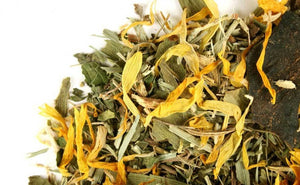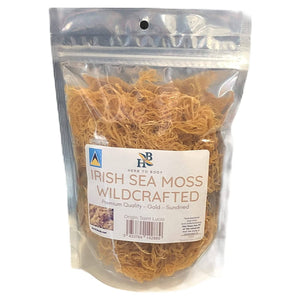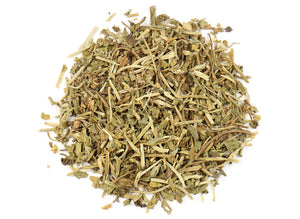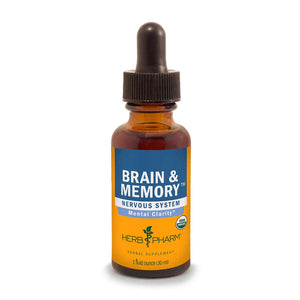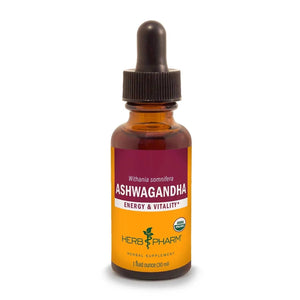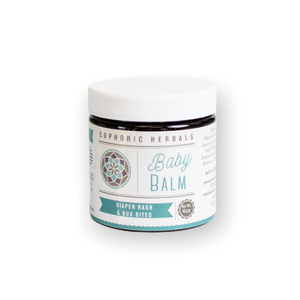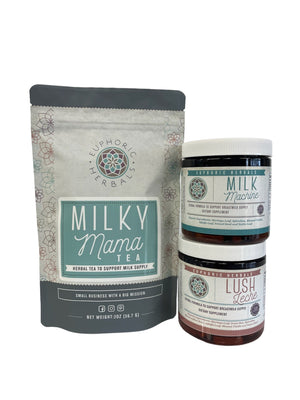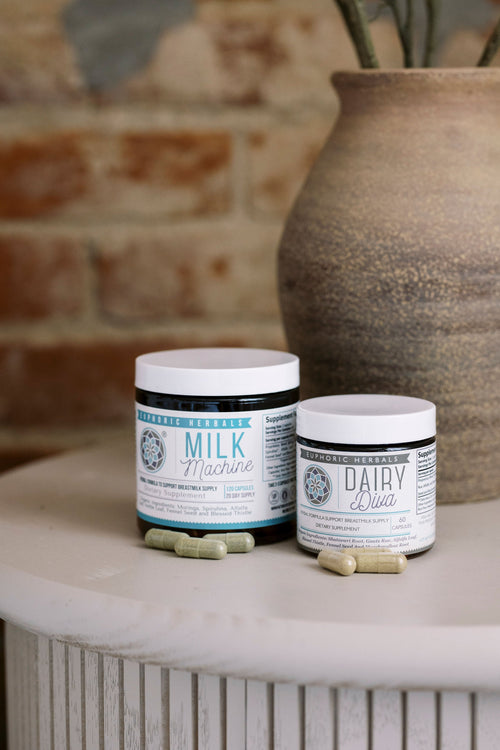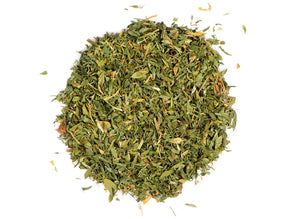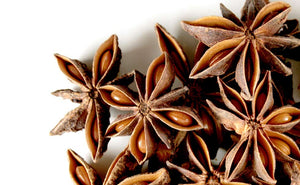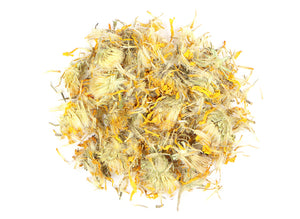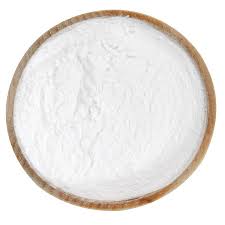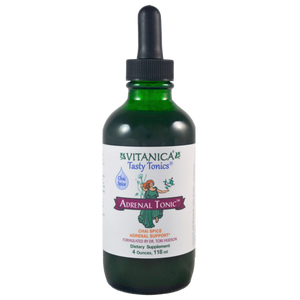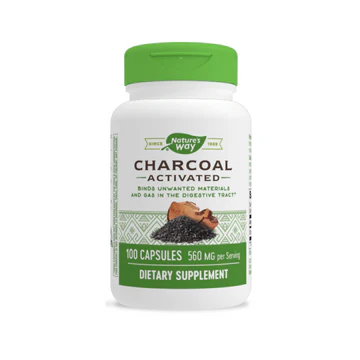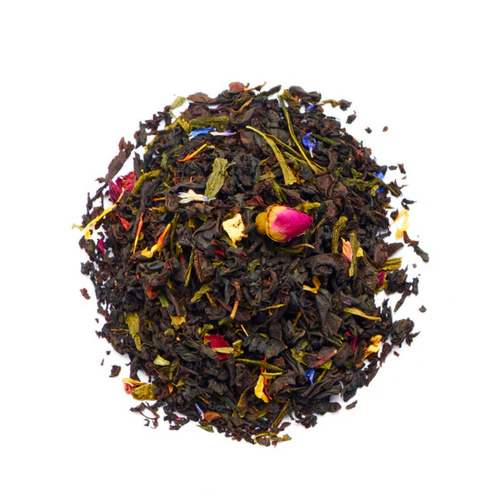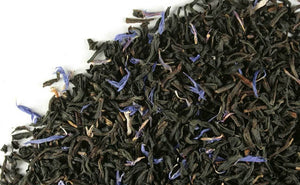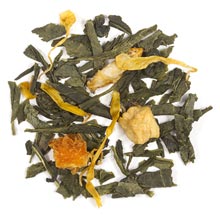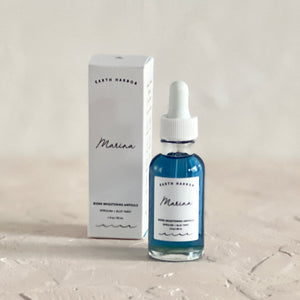Witch hazel has become a popular ingredient in all kinds of skincare and over-the-counter products. It's been used as a natural remedy for hundreds of years and has found its way into toners, face washes, ointments, and more. There are so many uses for witch hazel that it's worth learning more about this herb.
Most people associate witch hazel with skincare because it has many applications for troubled skin. However, it was also used by Native Americans for swelling, tumors, sore muscles, dysentery, and much more.
Here's more about the top benefits and uses of witch hazel, plus precautions you should know about.
What Is Witch Hazel?
Witch hazel (Hamamelis virginiana) is a shrub native to North America. It's most commonly found in the eastern and mid-western U.S. as well as southern Canada. Both the leaves and the bark are used for medicinal purposes.
The common name "witch" doesn't actually refer to anything magical. It's believed to have come from an Old English word that means "bendable" and/or a Middle English word meaning "lively." Because the shrubs bloom with yellow or orange flowers from October to November, they also earned the nickname "Winter Bloom." (1)
Today, you'll most often see witch hazel as an ingredient in skincare products or sold as an extract. The dried leaf and bark are also available to make your own preparations with.
Although this post focuses mainly on witch hazel for your skin, it can be used internally as well. A tea can be made with either the leaves or the bark to soothe a sore throat.
Benefits of Witch Hazel

Astringent and Antiviral
Witch hazel is full of compounds called tannins that give it astringent properties. As an astringent, it can tone and tighten tissues. Practically speaking, this means that witch hazel can help to shrink pores, tighten skin, and constrict capillaries.
Interestingly, tannins from witch hazel extract have also demonstrated antiviral properties, supporting a traditional use of witch hazel for colds by the Iroquois. They seem to be specifically effective against influenza A and human papillomavirus. (2)
Calms Inflammation
Another reason witch hazel is often used in skincare is because of its anti-inflammatory properties. It contains antioxidants and other compounds (including tannins) that calm and prevent inflammation. (3)
Inflammation can happen anywhere in your body, but most of the studies done with witch hazel have focused on the skin. Preparations made with the extract have shown an ability to calm both inflammation and redness of skin. (4)
Soothes Irritation
If you have sensitive skin, you know you have to be careful what you put on it. Skin can also get sensitive from being irritated by something like wind or injury.
Witch hazel has an ability to decrease redness and irritation coming from damage to skin. It has also proven effective for those who naturally have sensitive skin, although everyone's skin reacts differently. (5)(6)
Uses for Witch Hazel at Home
Acne

One of the top uses for witch hazel is as a natural remedy for acne. You'll see it in many acne products like toners, face cleansers, and spot treatments. Even if you don't have a big problem with acne, you can still use witch hazel on your face to tighten pores and smooth skin.
Witch hazel extract can be used to spot treat blemishes or diluted and used as a facial toner. You can mix it with other natural ingredients like apple cider vinegar for oily skin or something gentler like rosewater for dry or sensitive skin.
Sunburn or Razor Burn
Sunburn happens to the best of us along with other everyday irritations like razor burn and rashes. Witch hazel can help with redness, irritation, and even pain.
The best option for burns is to use a witch hazel lotion that will moisturize skin while it helps healing. You can also use the extract or toner after something like shaving or waxing.
Hemorrhoids
One of the unexpected uses for witch hazel is to help treat hemorrhoids. It's approved for this purpose by the German Commission E and works by calming the inflammation and swelling of veins that cause hemorrhoids.
One way to use witch hazel for this purpose is in an Herbal Sitz Bath. This particular blend combines witch hazel with other herbs for pain and inflammation. It's especially formulated to be used postpartum for tearing, soreness, and hemorrhoids.
Puffiness and Swelling
The anti-inflammatory nature of witch hazel makes it a handy remedy for puffiness/bags under the eyes and other types of mild swelling. You can simply apply the extract or a toner to the skin under your eyes with a cotton ball (being careful not to get any in your eyes).
Sensitive Scalp
Witch hazel can also be helpful for a sensitive, irritated, or red scalp. It's shown lots of potential for scalp-soothing when used as a shampoo or some other kind of hair care product. (7) From research done so far, you should use witch hazel at least four weeks on your scalp before evaluating whether it works or not.
Varicose Veins

Just like for hemorrhoids, witch hazel is approved by the German Commission E for the treatment of varicose veins. It works in a similar way by calming inflammation and tightening/toning enlarged veins. The suggested application is to apply an ointment with witch hazel three times a day for a few weeks.
Bruises
The astringent nature of witch hazel helps to tighten tissues and capillaries, which can help bruises to go away more quickly. It can also reduce swelling. You can apply the extract to bruises or use a witch hazel ointment or salve.
Bug Bites and Stings
Another of the traditional uses for witch hazel is to reduce the swelling, itchiness, and pain of insect bites and stings. A witch hazel lotion can be good for this purpose, or the extract can be used. A quick remedy for stings is to mix a little baking soda with witch hazel extract to make a paste. Apply this to the irritated area(s).
Precautions for Witch Hazel
The biggest precaution with witch hazel is that it can cause an allergic reaction or irritate skin. Most people can use it daily without experiencing this, but it's best to do a patch test on your own skin before using it on large areas.
Like other astringents, witch hazel has the potential to dry out your skin, especially when overused. This drying ability may be welcome if you deal with oily skin but may be too much if you have dry skin. You can mix it with moisturizing ingredients to minimize this effect.
Witch hazel shouldn't be applied to badly broken skin.
The Many Uses of Witch Hazel
With all of the uses that exist for witch hazel, it's easy to see why it's become such a popular skincare ingredient. You can use it for a wide range of issues including acne, hemorrhoids, irritated skin, bug bites, and more.
It's easy to buy a bottle of witch hazel extract to make your own natural remedies at home. Or you can buy already made products to have on hand. Either way, this is certainly a valuable herb to know how to use.






